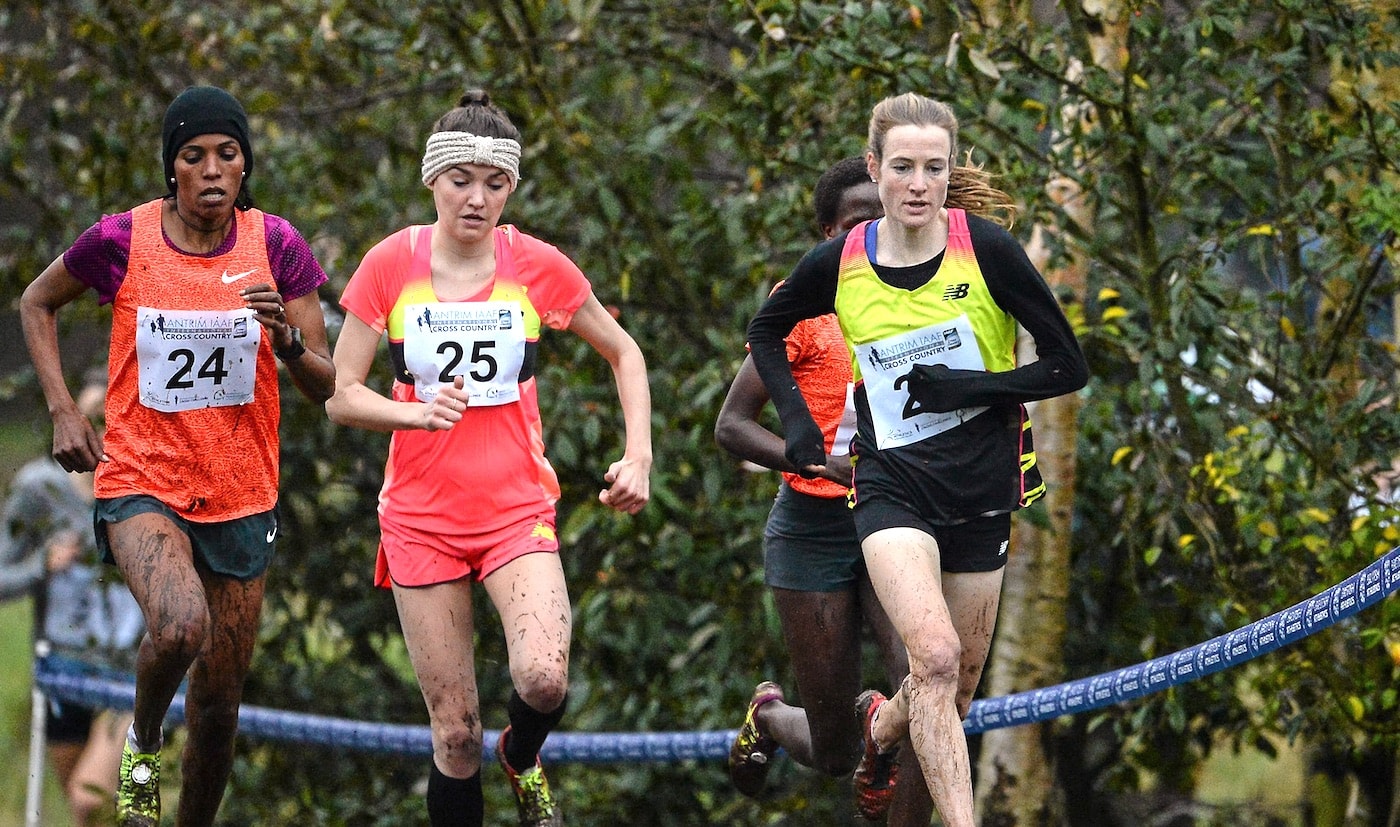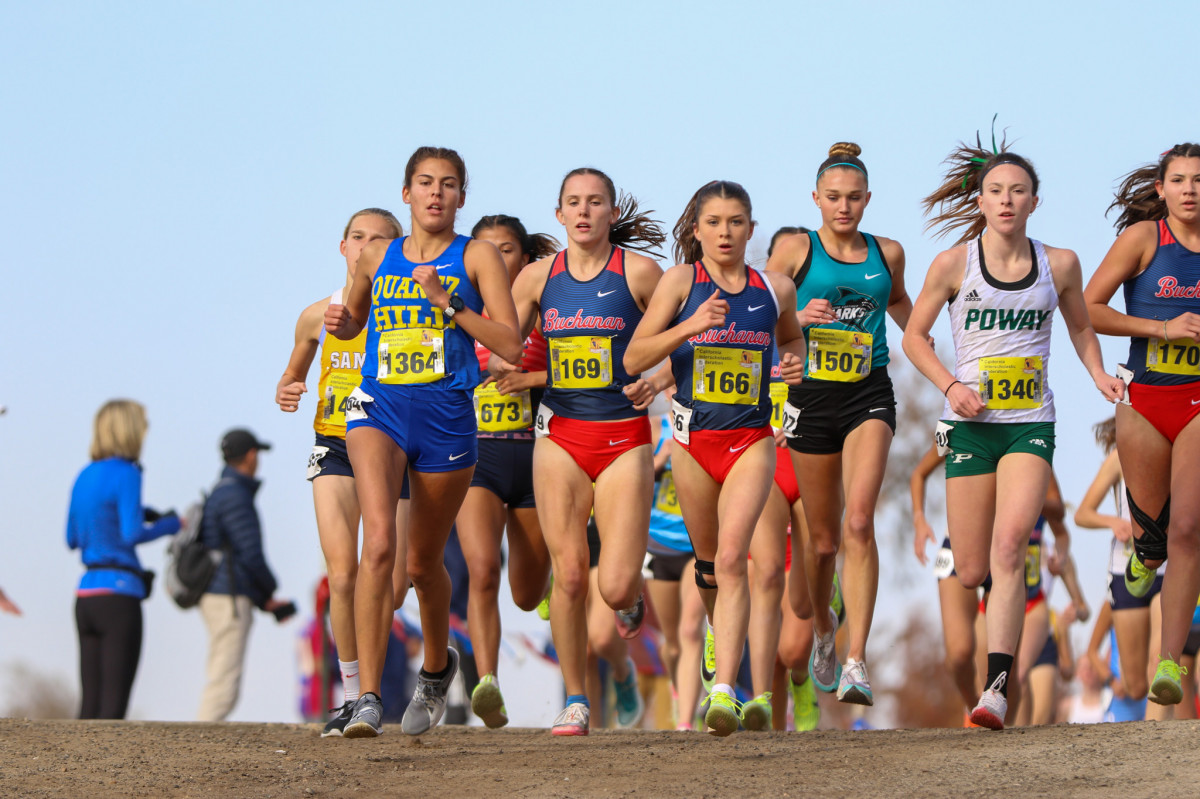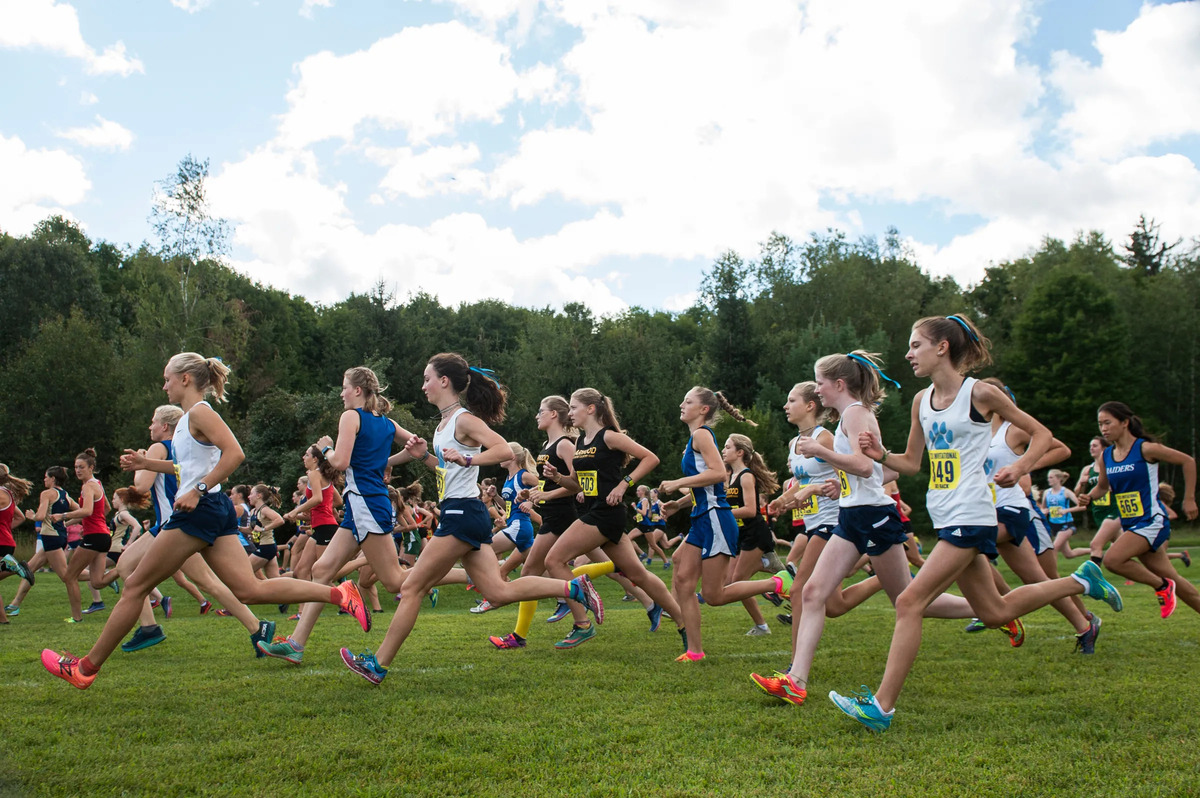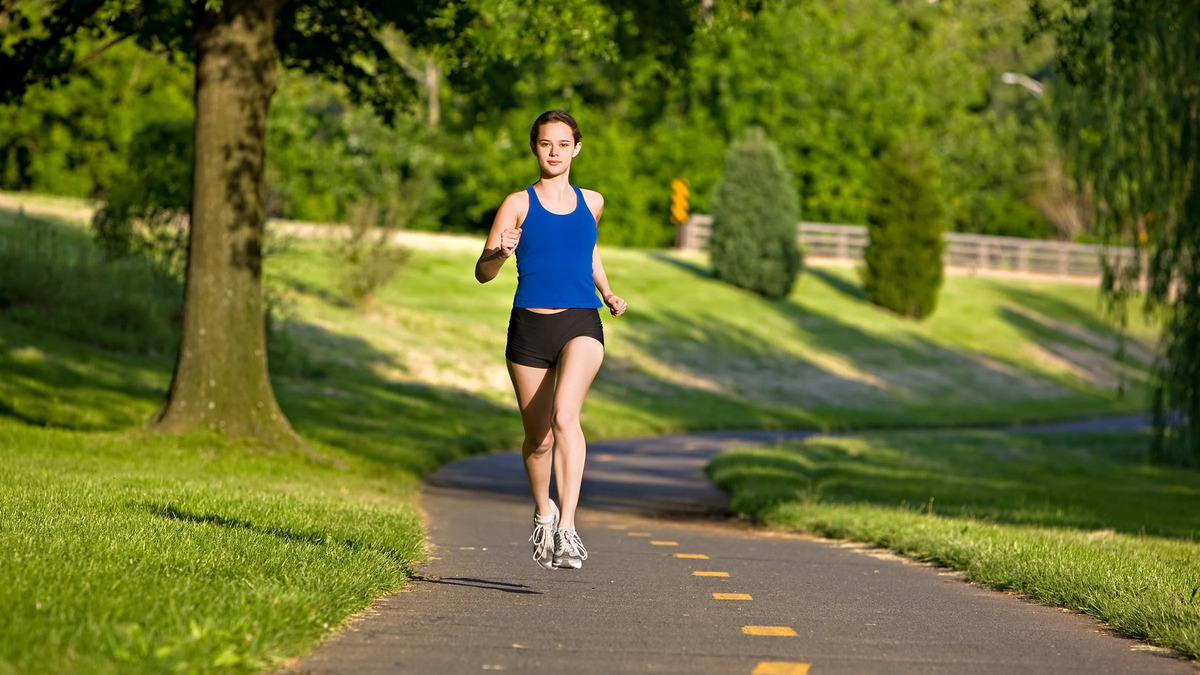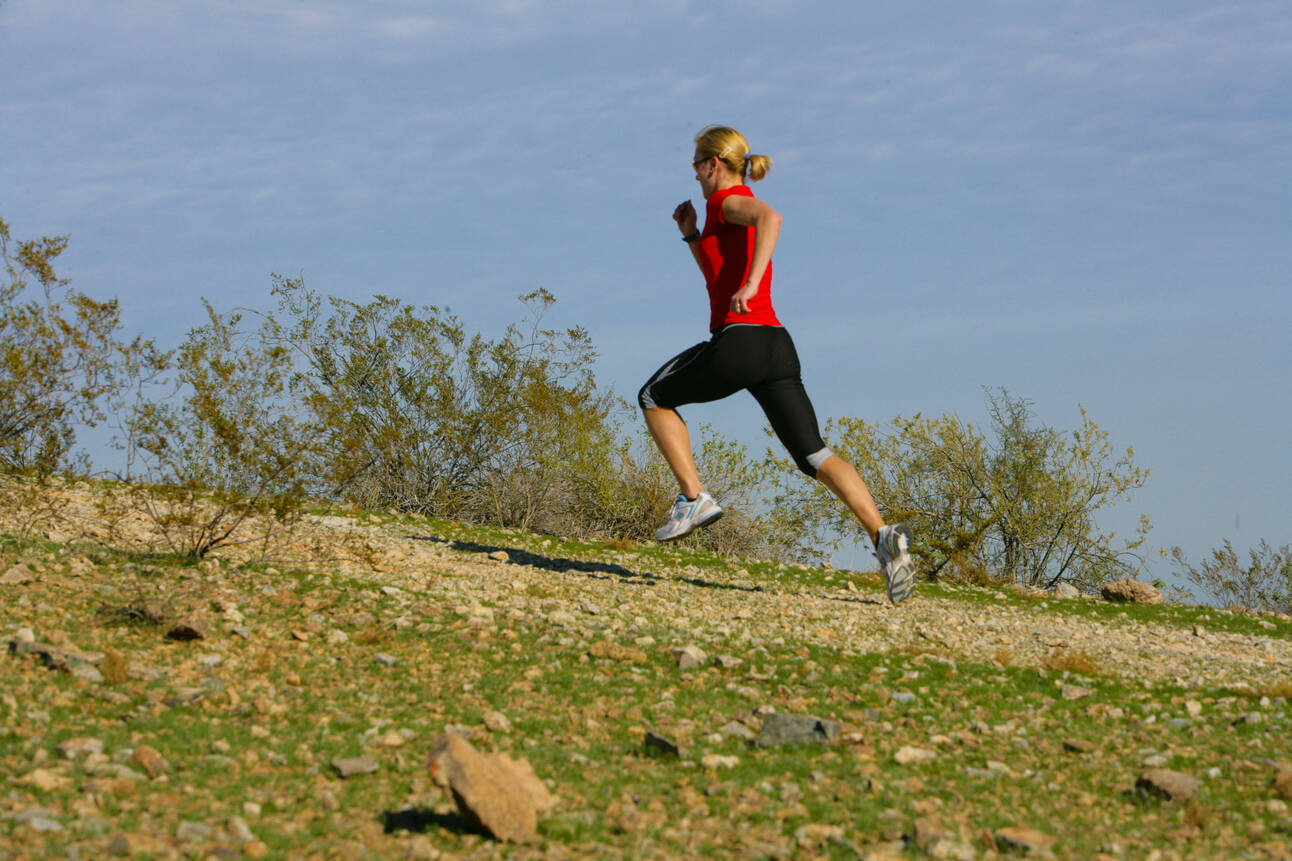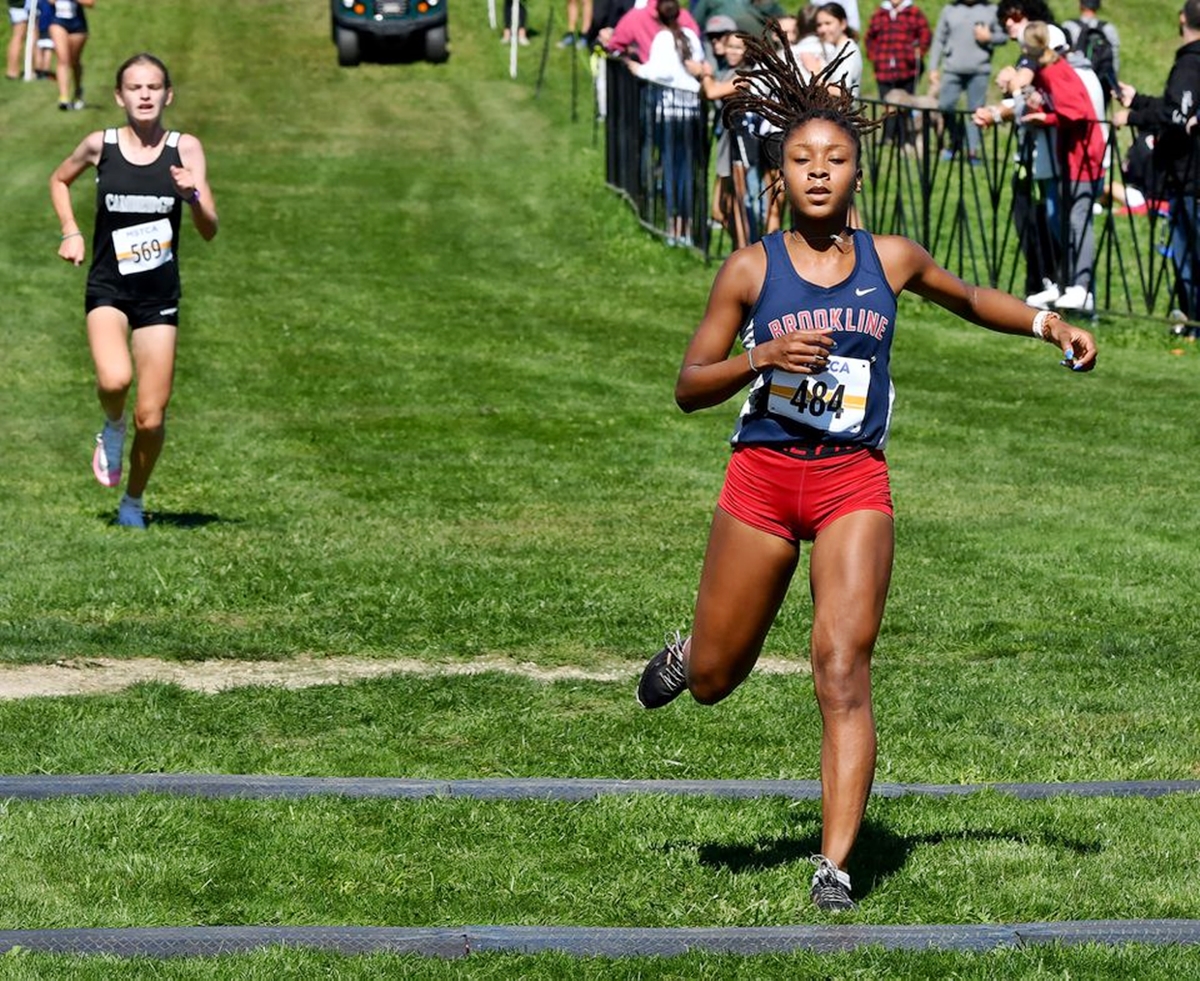

Featured
What Shoes Are Good For Cross Country
Modified: August 22, 2023
Looking for featured shoes for cross country? Discover the best options for your next race and enhance your performance on the trails.
Introduction
When it comes to cross country running, having the right shoes is essential. The uneven terrain, varying weather conditions, and long distances make it crucial to choose footwear that can provide the necessary support, stability, and comfort. Whether you are a competitive athlete or simply enjoy running through trails and fields, investing in a pair of good cross country shoes is a smart decision.
So, why are shoes such a critical component of cross country running? The answer lies in the unique demands of the sport. Unlike road running or track events, cross country involves navigating challenging terrains such as dirt trails, grass, mud, and even rocky surfaces. This requires shoes that offer reliable traction, durability, and protection against impact.
Furthermore, cross country shoes are specifically designed to cater to the movements and demands of this sport. They are lightweight to enhance speed and agility, and they often have extra cushioning to absorb shock and reduce the risk of injuries. By wearing the appropriate shoes, you can greatly enhance your performance and reduce the likelihood of discomfort or foot-related problems.
Choosing the right cross country shoes may seem overwhelming given the variety of options available on the market. However, by considering a few important factors and familiarizing yourself with different shoe types, you can find the perfect pair that suits your needs and preferences.
In this article, we will explore the benefits of choosing the right shoes for cross country running, as well as discuss the important factors to consider when selecting a pair. We will also highlight some of the top brands and models known for their quality and performance in the sport of cross country running. Finally, we will provide valuable tips on how to choose the perfect cross country shoes and offer guidance on their proper care and maintenance.
Benefits of Choosing the Right Shoes for Cross Country
Choosing the right shoes for cross country running can have a significant impact on your performance and overall experience. Here are some key benefits of investing in the right footwear:
- Improved Traction: Cross country shoes are designed with specialized outsoles that offer excellent traction on various terrains. This means better grip and stability, allowing you to confidently navigate uneven surfaces without the fear of slipping.
- Enhanced Comfort: Cross country shoes are padded and cushioned to provide optimal comfort throughout your run. The extra cushioning helps to absorb shock and reduce stress on your feet, preventing discomfort and potential injuries.
- Reduced Risk of Injuries: The right shoes provide ample support and protection to your feet, reducing the risk of common injuries such as sprains and strains. They offer stability to minimize pronation or supination and can help prevent blisters or hot spots.
- Improved Performance: Well-designed cross country shoes are lightweight, allowing for efficient foot movements and increased speed. They are also flexible, allowing your feet to move naturally while providing the necessary support.
- Long-Lasting Durability: Cross country shoes are built to withstand the rigors of intense outdoor workouts. They are made with high-quality materials and reinforced in areas prone to wear and tear, ensuring they will last through many seasons of use.
- Protection from the Elements: Cross country shoes are often water-resistant or waterproof, protecting your feet from getting wet during rainy or muddy conditions. They also offer some level of insulation to keep your feet warm in cold weather.
By investing in the right cross country shoes, you can enjoy these benefits and make your running experience more enjoyable and rewarding. Whether you are a seasoned athlete or a beginner, having the appropriate footwear is crucial for safe and successful cross country running.
Important Factors to Consider in Cross Country Shoes
When it comes to choosing cross country shoes, there are several important factors to consider to ensure you find the right pair that meets your specific needs. Here are some key factors to keep in mind:
- Fit: The fit of the shoe is perhaps the most critical factor. Your cross country shoes should fit snugly but not too tight. Look for shoes with a roomy toe box to allow for natural toe splay and prevent discomfort or blisters.
- Traction: Cross country running often involves unpredictable and uneven terrain. Opt for shoes with aggressive and durable outsoles that provide excellent traction on different surfaces, such as mud, grass, or gravel.
- Cushioning: Consider the level of cushioning you prefer. Some runners prefer maximum cushioning for added comfort and shock absorption, while others prefer a more minimalistic feel for a better ground connection. Choose the option that suits your personal running style and preferences.
- Support: Look for shoes that offer adequate support, particularly in the midsole and arch area. This helps prevent overpronation or supination and provides stability, reducing the risk of injuries and fatigue.
- Weight: Cross country shoes should be lightweight to facilitate faster and more efficient running. Lighter shoes allow for quicker foot turnover and help conserve energy during long-distance runs.
- Durability: Consider the durability of the shoes, especially if you plan on running on rough terrains regularly. Look for shoes made with high-quality materials that can withstand the demands of cross country running.
- Flexibility: Flexibility is crucial for natural and unrestricted foot movements. Look for shoes that provide the right balance of flexibility and support, allowing your feet to move naturally while maintaining stability.
- Protection: Depending on the weather conditions and terrain you encounter, consider shoes that offer adequate protection. This can include features like water resistance, mudguards, or reinforced toe caps.
By considering these important factors, you can narrow down your options and find the ideal cross country shoes that offer the perfect combination of fit, traction, support, and comfort. Remember, everyone’s feet are unique, so it may take some trial and error to find the shoes that work best for you.
Different Shoe Types for Cross Country Running
When it comes to cross country running, there are different shoe types available to cater to various terrains and running styles. Here are some popular shoe types to consider:
- Spike Shoes: Spike shoes, also known as cross country racing flats, are lightweight shoes with metal or rubber spikes on the outsole. These spikes provide excellent traction on soft, muddy, or slippery terrains. Spike shoes are ideal for competitive runners looking for maximum speed and grip.
- Trail Shoes: Trail shoes are designed for off-road running and provide superior traction and durability. They feature aggressive outsoles with deep lugs to grip loose or uneven terrains like dirt paths, gravel, and rocky trails. Trail shoes often have added protection features such as toe caps to shield against impact.
- Hybrid Shoes: Hybrid shoes combine the features of road running shoes and trail shoes. They offer a good balance of cushioning, stability, and traction. Hybrid shoes are suitable for runners who enjoy both on-road and off-road running, providing versatility for various terrains.
- Minimalist Shoes: Minimalist shoes are lightweight with minimal cushioning and drop, aiming to provide a more natural running experience. These shoes encourage a forefoot or midfoot strike and can improve foot and lower leg strength. However, they may not be suitable for runners who require additional support or cushioning.
- All-Terrain Shoes: All-terrain shoes are versatile and designed to handle a variety of surfaces. They offer a combination of traction, durability, and cushioning. These shoes are suitable for runners who encounter a mix of road, trail, and uneven terrain during their cross country runs.
Remember, the choice of shoe type depends on your personal preferences, running style, and the specific terrains you will encounter during your cross country runs. It’s always a good idea to test different shoe types and consider factors such as terrain type, distance, and running pace to determine which shoe type works best for you.
Top Brands and Models for Cross Country Shoes
There are several notable brands that produce high-quality cross country shoes designed to meet the demands of the sport. Here are some top brands and their popular models:
- Nike: Nike is a well-known and trusted brand in the athletic footwear industry. Their cross country shoe lineup includes the Nike Zoom XC and Nike Air Zoom Terra Kiger, known for their lightweight design, excellent traction, and comfortable fit.
- Adidas: Adidas offers a range of cross country shoes suitable for different terrains and preferences. Models such as the Adidas Adizero XC Sprint and Adidas Terrex Speed are known for their durability, responsiveness, and all-terrain performance.
- New Balance: New Balance has a reputation for producing high-quality shoes, and their cross country collection stands out. The New Balance XC5K and New Balance Fresh Foam XC Elite are popular options, known for their lightweight construction, excellent grip, and comfortable fit.
- Saucony: Saucony is a brand loved by many distance runners, and their cross country shoes deliver in performance. Models like the Saucony Havok XC and Saucony Kilkenny XC are known for their traction, stability, and versatility on various terrains.
- Brooks: Brooks offers an impressive lineup of cross country shoes that prioritize comfort and support. The Brooks Mach and Brooks Caldera are well-regarded for their cushioning, durability, and reliable traction on both soft and hard surfaces.
These are just a few examples of the top brands and models for cross country shoes. Remember, it’s important to try on different shoes and find the brand and model that best fits your feet and individual running style. Additionally, consider seeking expert advice from a running specialty store to help guide you in selecting the right shoes for your specific needs.
Tips for Choosing the Perfect Cross Country Shoes
Selecting the perfect cross country shoes can greatly enhance your running experience and performance. Here are some valuable tips to help you choose the ideal pair:
- Proper Fit: Ensure that the shoes fit properly, allowing enough room for your toes to wiggle without being too loose. Try on shoes later in the day when your feet are slightly swollen to get an accurate fit.
- Consider Terrain: Think about the terrain you will be running on most frequently. If you primarily run on muddy trails, choose shoes with aggressive outsoles and traction. For a mix of road and trail running, opt for a hybrid shoe that provides versatility.
- Pronation Support: Determine your pronation type (neutral, overpronation, or underpronation/supination) and select shoes that offer appropriate support to prevent injuries and promote proper alignment.
- Try Before You Buy: Visit a specialty running store to get a professional gait analysis and fitting. This can help you find the right shoe type and ensure proper support and fit for your unique running style and foot structure.
- Consider Cushioning: Choose a level of cushioning that suits your preference and running distance. Some runners prefer more cushioning for longer distances, while others prefer a more minimalistic feel for better foot-ground connection.
- Don’t Ignore Comfort: Comfort should be a top priority when selecting cross country shoes. Look for shoes with ample padding, a breathable upper, and a secure lacing system to provide a comfortable and secure fit.
- Test Them Out: Take the shoes for a short run or jog around the store if permissible. This will give you an idea of how they feel and perform in action.
- Consider Durability: Cross country running can be tough on shoes, so choose a pair that is durable and built to withstand the demands of the sport. Look for reinforced areas and high-quality materials.
- Value vs. Price: While it’s essential to consider your budget, focus on the value and performance offered by the shoes rather than solely looking at the price tag. Investing in a quality pair will likely save you money in the long run by preventing injuries and ensuring longevity.
By keeping these tips in mind and spending time finding the perfect cross country shoes for your needs, you can enhance your comfort and performance, reduce the risk of injuries, and truly enjoy the sport of cross country running.
Proper Care and Maintenance of Cross Country Shoes
Proper care and maintenance of your cross country shoes are essential to ensure their longevity and optimal performance. Here are some tips to help you take care of your shoes:
- Clean Regularly: After each run, remove any dirt, mud, or debris from your shoes. Use a soft brush or cloth and warm water to clean the uppers and outsoles. Avoid using harsh chemicals or abrasive materials that can damage the materials.
- Dry Thoroughly: Allow your shoes to air dry naturally after cleaning or if they have been exposed to moisture. Avoid placing them near a direct heat source like a radiator, as excessive heat can deform the shoe’s materials.
- Alternate Pairs: Consider having two pairs of cross country shoes and alternating between them. This allows each pair to fully dry out between runs, preventing odor buildup and prolonging their lifespan.
- Store Properly: Store your shoes in a cool, dry place away from direct sunlight. Avoid leaving them in damp or humid areas, as this can cause mold or mildew growth.
- Replace Worn-Out Shoes: Monitor the condition of your cross country shoes regularly. If you notice significant wear, loss of cushioning, or decreased traction, it may be time to replace them. Running in worn-out shoes can lead to discomfort and potential injuries.
- Resole or Repair: If the outsole or other parts of your shoes wear out but the upper is still in good condition, consider getting them resoled or repaired by a professional shoe repair service. This can extend the life of your shoes and save you money.
- Consider Insoles: Depending on your specific foot needs and comfort preferences, you may benefit from using aftermarket insoles. These can provide additional arch support, cushioning, or customization to enhance your overall running experience.
- Follow Manufacturer’s Guidelines: Pay attention to the care instructions provided by the manufacturer. Some shoes may require specific cleaning methods or recommend certain products to maintain their performance and durability.
By following these care and maintenance tips, you can keep your cross country shoes in good condition and ensure they continue to provide the comfort and support you need for many miles of running.
Conclusion
Choosing the right cross country shoes is crucial for the success and enjoyment of your running experience. The benefits of selecting the perfect pair are numerous – from improved traction and enhanced comfort to reduced risk of injuries and enhanced performance. By considering factors such as fit, traction, cushioning, support, weight, and durability, you can find the shoes that meet your unique needs and preferences.
There are various types of cross country shoes available, including spike shoes, trail shoes, hybrid shoes, minimalist shoes, and all-terrain shoes. Each type caters to different terrains and preferences, giving you options to match your specific running style and the surfaces you encounter.
When it comes to top brands and models for cross country shoes, Nike, Adidas, New Balance, Saucony, and Brooks are some highly regarded names known for their quality and performance in the sport. However, it’s essential to prioritize comfort, fit, and your individual running requirements when choosing the right brand and model.
To ensure the longevity and optimal performance of your cross country shoes, proper care and maintenance are essential. Regular cleaning, adequate drying, proper storage, timely replacement, and following the manufacturer’s guidelines are key in keeping your shoes in top shape.
Ultimately, by investing time and effort into selecting the perfect cross country shoes and maintaining them properly, you can enjoy the sport to its fullest potential while maximizing your performance and minimizing the risk of injuries. So lace up your shoes, hit the trails, and embrace the exhilarating experience of cross country running!

